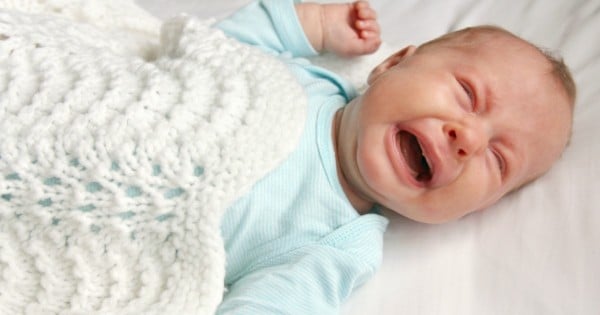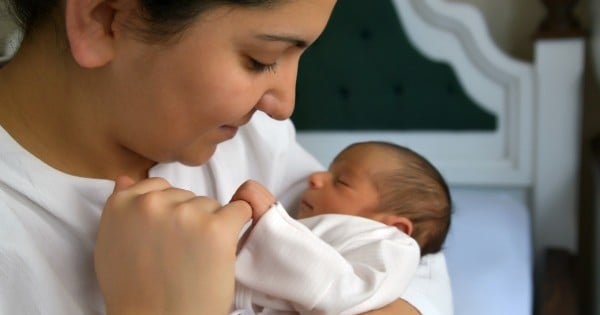Pregnant women and their families face growing financial uncertainty as the Turnbull government moves to finally introduce their long mooted paid parental leave cuts into Federal Parliament, today.
Initially flagged as part of the 2015 Budget, in which Joe Hockey infamously described families who claim government funded paid parental leave and receive employer funded benefits as “double dippers”, the changes will mean that government entitlements will only “top up” workplace benefits to give parents a total of 18 weeks leave.
What do new parents get now?
Right now, all eligible new parents (there’s a means test) are able to claim 18 weeks of government funded paid parental leave regardless of whether they receive an employer provided benefit. Government funded leave is paid at the minimum wage. According to the Fair Work Ombudsman, the current minimum wage in Australia is $672.70 a week.
In a statement, Labor’s Shadow Minister for Families, Jenny Macklin said, “Labor introduced Australia’s first paid parental leave scheme in 2011, since that time more than 700,000 Australian families have accessed paid parental leave allowing them to spend more time at home in the critical early months of their child’s life.”




Top Comments
As a woman who is 23 weeks pregnant today, this is a stressful time. I am the major breadwinner for the family at the moment. I am a teacher, which means my salary, while good, is by no means 'high income.' I work for a Government school, which means I am entitled to 14 weeks Parental Leave from my employer.
I find Mr. Turnbull's proposed cuts to PPL to save $1.2million abhorrent. For me, they will mean an earlier-than-anticipated return to work and less time with my newborn and my two year old (who was 6 months old when I returned to full time work for financial reasons). It will mean a truncated breastfeeding experience as, while my workplace is supportive, breastfeeding in front of 15 year-old students is not ideal and neither is it possible to express enough milk while working full time when I am lucky to get a lunch break at the best of times! Not to mention the aforementioned problem of working with teenagers who do not need or want to see me in that situation.
Many of the comments below mirror my sentiments. I have worked hard all of my working life. I contribute to society by teaching the leaders of the future (including our local member's children). My husband runs his own business and volunteers in his spare (!) time. We have never relied on government payments before, except for PPL with our first child. This bill is targeting the wrong group of people. The government should be ashamed of themselves!
The Government are putting currently pregnant women under severe undue stress by trying to introduce this legislation as early as January 2017. The uncertainty this situation creates leaves us all in a state of limbo and fear, unable to plan for our future. Pregnancy is already a difficult time of change and potential emotional and financial distress without the Government adding to our woes. This stingy Government is posing a very real health risk to pregnant women and their unborn babies (Malcom Turnbull - FIND YOUR BUDGETS CUTS ELSEWHERE). How are we now suppose to calculate the family budget or provide our employer with an accurate return to work date? It all negatively impacts on our ability to parent too. Six months minimum according to the World Health Organisation for essential bonding time with bubs.